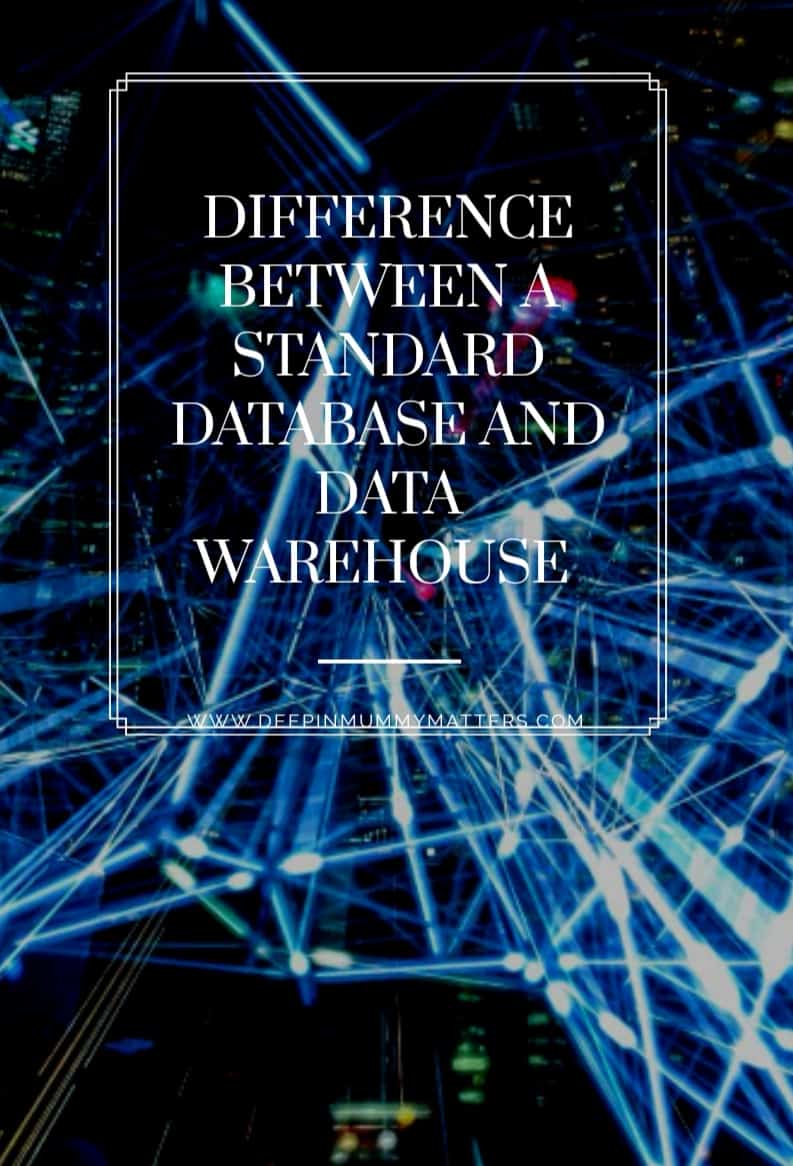Before discussing what mentioned in the heading of the article, let us raise two key questions:
- Whether your business deals with a lot of transactions every day?
- Do you have a lot of historical data gathered over many years that you want to analyse and get actionable insights for your business?

If the answer to both or any of these questions is yes, then you ideally need a database and a data warehouse. But what is the use of each of these, and which data gets into where?
Both databases and data warehouses are systems to store data, but each of these serves a different purpose ultimately. Here in this article, we will explore the uses of databases and data warehouses and the critical differences between them. We will also find out why the effective use of these platforms is essential for your business data management.
What is a database?
A database is a system to store information about any particular part of your business. The primary job is to process the transactions that your enterprise makes, like which all items are sold, the customer details, and other details regarding the same interactions. Databases can handle big volume of simple queries quickly and effectively.
Data Warehouse
A data warehouse is a system that can pull together data from various sources within an organisation for analysis and reporting. The use of good data warehousing techniques is essential for any organization that wants to gain actionable insights from its data. All the reports are created by using complex queries within the analysis reports. All these reports are created using some complex queries within the warehouse, which are used to make critical business decisions. A data warehouse can effectively store historical data about the business so that we can quickly assess it.
Database vs. Data Warehouse
Now, let us explore the significant difference between database and data warehouse.
Processing Types

One of the significant differences between databases and data warehouses is how they process the data. The two primary modes of data processing are OLAP vs. OLTP. The databases tend to use the Online Transactional Processing (OLTP) model to quickly insert, delete, or update a larger number of transactions. This processing model will respond immediately to requests and can be used to process day-to-day business operations in real-time. For example, if a user wants to book a hotel room by using the online booking form, the process is instantly executed using the OLTP model.
For understanding the database models and processing types that work the best for your business, you may avail professional assistance from RemoteDBA.com.
On the other hand, data warehouses tend to use the OnLine Analytical Processing (OLAP) model to analyse a vast data volume rapidly. This process will give more power to the analysts who can look at their data from a different perspective by using OLAP. Say, for example, if your database records the sales data for each minute by covering all information, then you may want to know the total amount of sales each day. To do this, you have to collect the sales data and sum it together.
OLAP is designed to do this at the backend and use the same for data warehousing, which is a thousand times faster than using OLTP for the exact computation.
Data optimisation
Databases tend to optimise and update data for addition, modification, or deletion with optimum speed and accuracy. The response from the databases should be instant for an efficient transaction. The most important aspect of a database is that it can record the write options also quickly. A company may not do business for long if the databases do not create records for each purchase. The data warehouses are optimised to execute a limited number of complex queries on the multi-dimensional larger datasets.
Data structure
In databases, the data is kept normalised. Data normalization aims to reduce or eliminate any data redundancy, which is the storage of the same piece of data multiple times. The reduction of redundancy will lead to increased capacity and consistency. More accurate data is made available as the databases tend to store all these in one place. Normalising data may split into different tables.
Normalising the data, split it further into different tables. Each of these tables may represent a unique entity of data. For example, a given database that records the BOOK SALES may have three sub-tables for the BOOK info, CATEGORY of book, and PUBLISHER, etc.
Normalising the data will ensure that the database is taking up only minimal disk space and remains more memory friendly. However, normalisation is not query efficient. Querying the normalised database may be cumbersome and slow since businesses may want to perform more complex queries on their warehouse data. The data is often denormalised and consists of repeated data for quick access.
Data Analysis

Databases tend to do data transactions, but as a need of the age, we can do data analysis also using the same. The in-depth exploration of data is challenging for the users and the processing machines due to the normalised structure of data, and a large number of data joins to be performed. This requires an expert analyst of the developer to write and execute complex queries on the DBMS. This is time-consuming and also may need a lot of computational resources to accomplish.
With a standalone database, the analysis may again not go that deeper. The best thing you can do is get static reports that give a snapshot of the data during a specified time.
On the other hand, data warehouses are meant to perform complex analytical queries on multi-dimensional datasets in a straightway. There is no need to know any advanced theories or how to use any sophisticated database management software. This analysis with a data warehouse is simpler. Still, it can also be useful in taking a deep dive into the data to see how it changes over time and what insightful information can be derived.
So, you understand the primary difference between databases and data warehouses by now and when to make use of each. A business ideally needs both to succeed in today’s competitive market environment.

